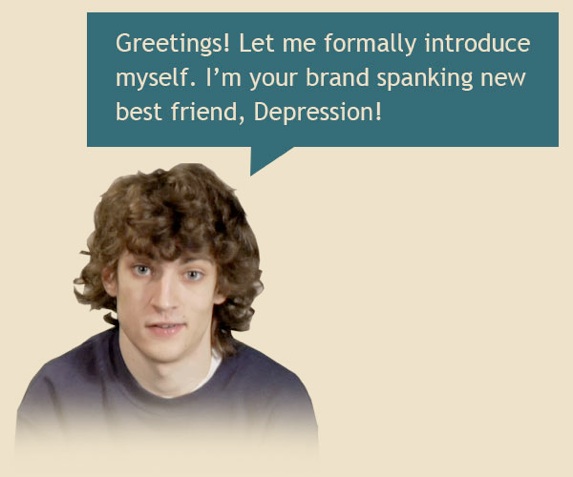Latest Public Service Radio Minute
Loss of EmploymentLoss of Employment, MP3, 1.3MB
Listen to or download all our PSAsSupport Our Work
Please donate so we can continue our work to reduce the stigma of psychiatric illness, encourage research, and support educational activities for behavioral health professionals and the public. Ways you can donate and help are on our Support and Donations page. Thank you!
More InfoLatest News Around the Web
Poll Finds 78% Of US Adults Support Mandated Mental Health Coverage In Health Plans
Medscape (10/8, Harrison) reports that 78 percent of US adults “support mandated mental health coverage in health plans,” according to the results of “a cross-sectional national poll” published in the October issue of the journal Psychiatric Services, a publication of the American Psychiatric Association. The poll, to which 2,124 people responded, also found that “support is stronger when substance abuse treatment is not explicitly included in that coverage.”
Related Links:
— Medscape (requires login and subscription)
Despite Changes Under Health Law, US Not Achieving Mental Health Parity, Report Suggests
The Washington Post (10/8, Ross) “The Fix” blog reports that the ACA “has boosted the number of Americans with health insurance coverage but has not resolved the disparate way in which many insurers treat the costs of mental and physical health care, according to an April report (PDF) released by the National Alliance on Mental Illness.” The report found that Federal changes mandating parity between mental and physical healthcare benefits “do not, in practice, exist for the vast majority of Americans who are insured.” As the country struggles with a heroin crisis, researchers found that people “are struggling to find therapists and psychiatrists who participate in their health insurance plans. They also face more frequent coverage and treatment denials from their health insurance companies for mental health care than for other services and must clear multiple hurdles to maintain a steady supply of mental health care medication.”
Related Links:
— “Obamacare mandated better mental health-care coverage. It hasn’t happened.,” Janell Ross, Washington Post, October 7, 2015.
Risk Of Self-Harm, Suicide Attempts May Increase After Bariatric Surgery
HealthDay (10/8) reports that the majority “of the suicide attempts occurred in the second and third year after the surgery, the findings showed.” However, “about 93 percent of those suicide attempts occurred in patients diagnosed with a mental health disorder prior to surgery, the researchers reported.” The study authors theorized that “changes in alcohol metabolism after surgery; a substitution of substance misuse for food; increased stress; and changes in the levels of hormones that might affect the likelihood of depression and suicidal behaviors” may explain the findings.
Related Links:
— “Suicide Risk May Rise for Some After Weight-Loss Surgery,” Dennis Thompson, HealthDay, October 7, 2015.
Call Made For Improved Access To Mental Health Services
In an editorial, the Baltimore Sun (10/7) reports that in wake of “last week’s shooting at Umpqua Community College that left 10 dead, there has been a steady drumbeat of calls for better care” for people who suffer from mental illnesses. The Sun points out that even though “improving access to mental health services” would likely not “prevent the next mass shooting or even significantly reduce violence on the streets,” it would certainly “greatly improve the quality of life for the estimated 5.6 million Americans with a mental illness.”
Related Links:
— “Mental health prescription?,” Baltimore Sun, October 6, 2015.
Kennedy: End Discrimination, Improve Mental Healthcare
In an op-ed for USA Today (10/7), former Rep. Patrick Kennedy, the author of a new book on mental illness and addiction, urges every presidential candidate to include a “detailed and realistic platform for how he or she would dramatically improve diagnosis, treatment and prevention of mental illness and addiction.”
Kennedy argues that because of discrimination, mental disorders are often kept secret, which is “a huge part of the reason our country does not have a consistent policy on their care.” He says that “experts agree” that “perhaps the greatest opportunity to save lives and health care dollars” would come from approaching mental illnesses proactively, integrating care, and no longer “pretending these aren’t chronic illnesses.”
Related Links:
— “Patrick Kennedy: After Roseburg, face up to mental illness, addiction,” Patrick J. Kennedy, USA Today, October 7, 2015.
Foundation News
Nothing Found
It seems we can’t find what you’re looking for. Perhaps searching can help.

